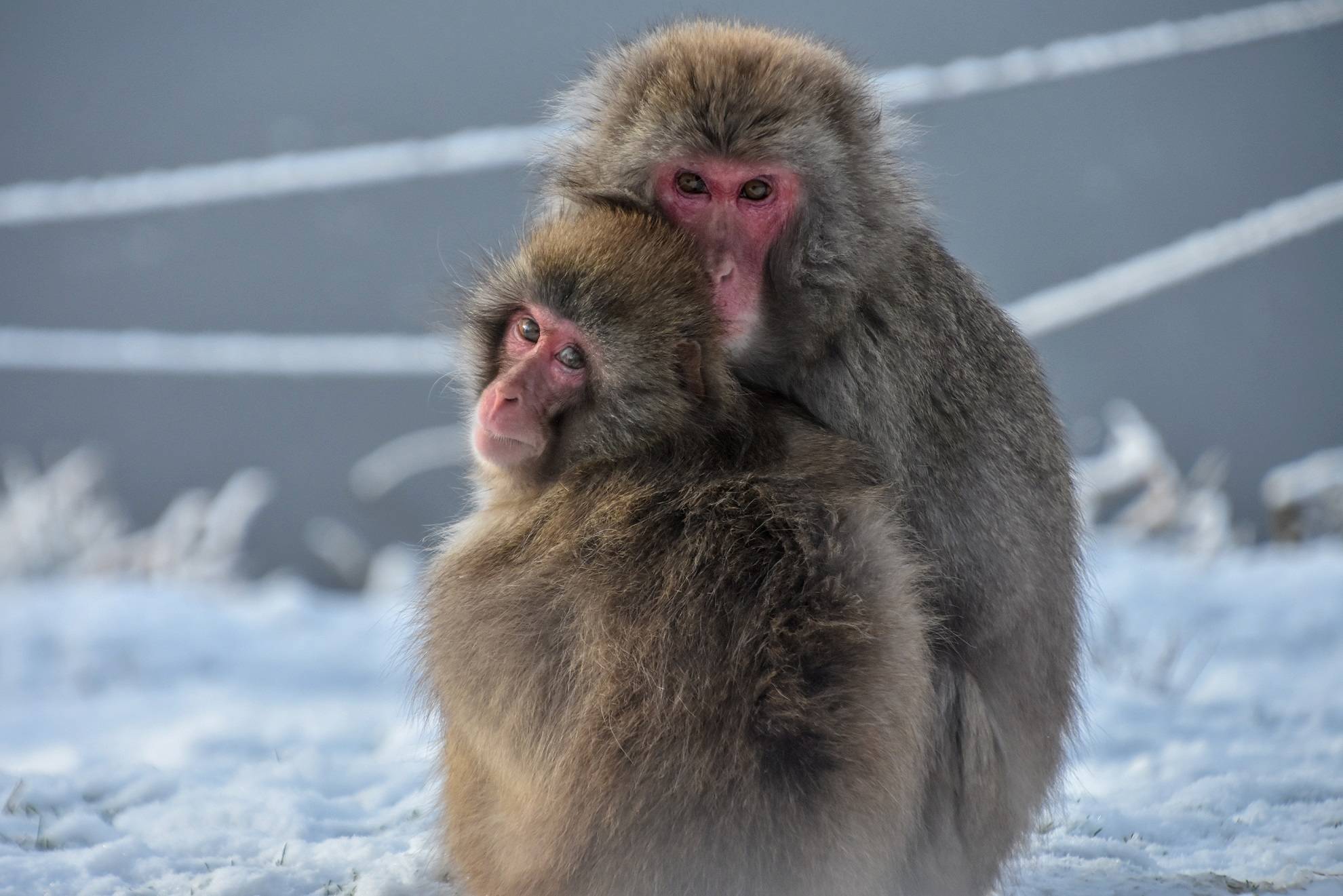Capercaillie returns to Highland Wildlife Park
Posted 25 Oct 2017 in Highland Wildlife Park

Two pairs of endangered Capercaillie have made a flying return to RZSS Highland Wildlife Park. The large native Scottish bird will now be on show so visitors will be able to see the largest members of the grouse family which can reach around 90cm in length and up to 14lbs in weight.
Capercaillie males are unmistakable with their slate grey plumage, blue sheen head and bright red eye ring. The females are smaller in appearance with brown and chestnut-red feathers and fan-shaped tail.
It is hoped that the newest additions will play their part in creating a strong captive population to potentially safeguard the future of the species in Scotland which is still under threat from habitat destruction, predation, shifts in weather patterns and collision with fences.
Doug Richardson, Head of Living Collections at RZSS Highland Wildlife Park said: “The population of the “horse of the forest”, which is the Gaelic derivation of the capercaillie’s name, is once again on a downward spiral for reasons that are not especially clear with everything from predation by the recovering pine marten to collision with deer fences being suggested. The majority of the birds still found in Scotland are in Speyside, the region of the Highlands which also is home to RZSS Highland Wildlife Park. The species was reintroduced to the UK using birds from Scandinavia following the first extinction in the 18th century, it is not inconceivable that a second reintroduction might be required at some point in the future, at least to augment existing pockets of capercaillie. It is our intention to build on the success of other breeders and rear behaviorally robust chicks that could, if required, be released back into the wilds of Scotland.”
Capercaillie belong to the grouse family and closely resemble a turkey in size. Traditionally found in the Scottish woodlands, it is the biggest species of grouse in the world.
The capercaillie became extinct in Britain in the late 18th century, but birds were reintroduced from Sweden starting in 1837. The main cause of its extinction within Britain was thought to be related to the catastrophic loss of its woodland habitat. Tetrao urogallus (capercaillie) is arguably one of Scotland’s most threatened birds.

